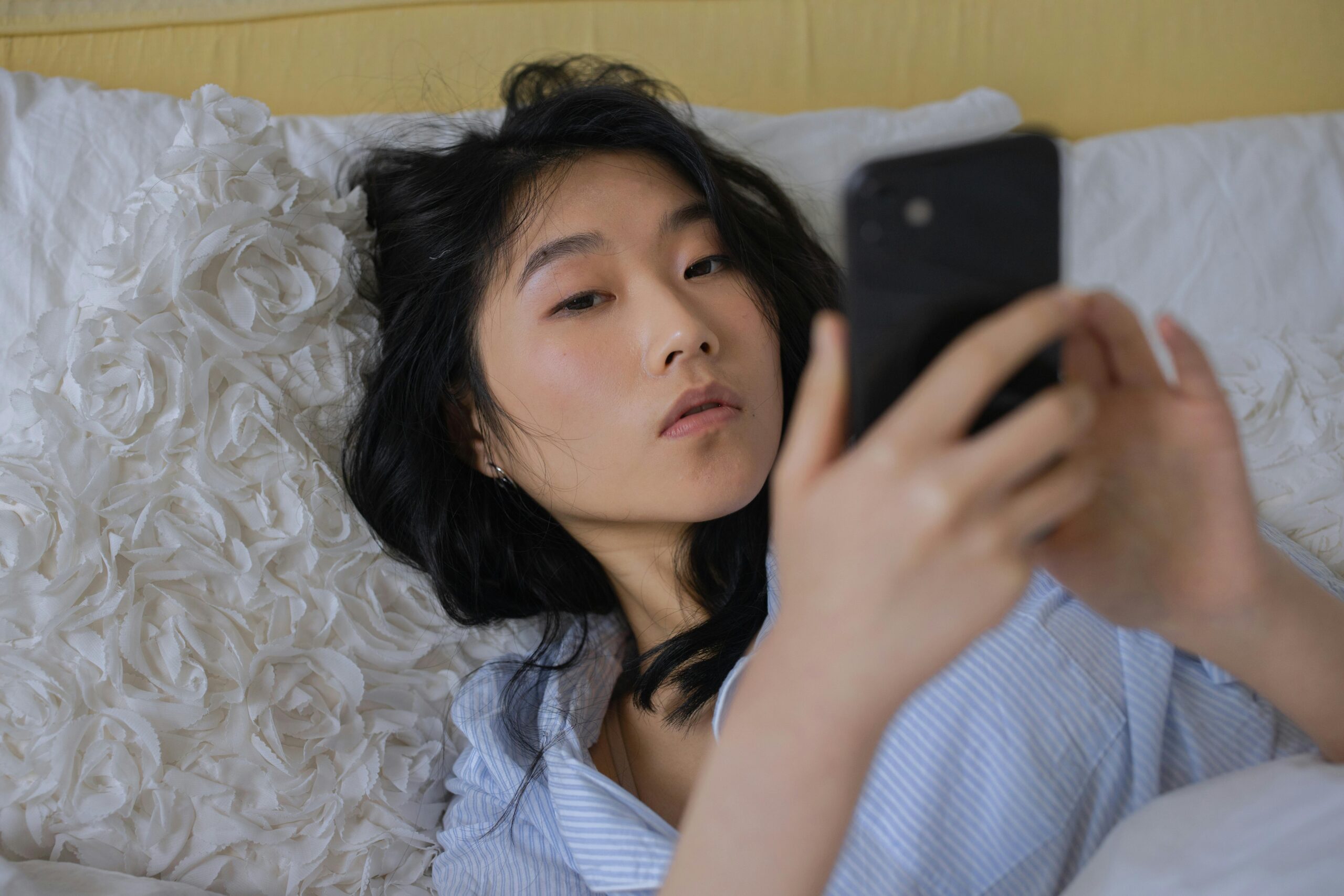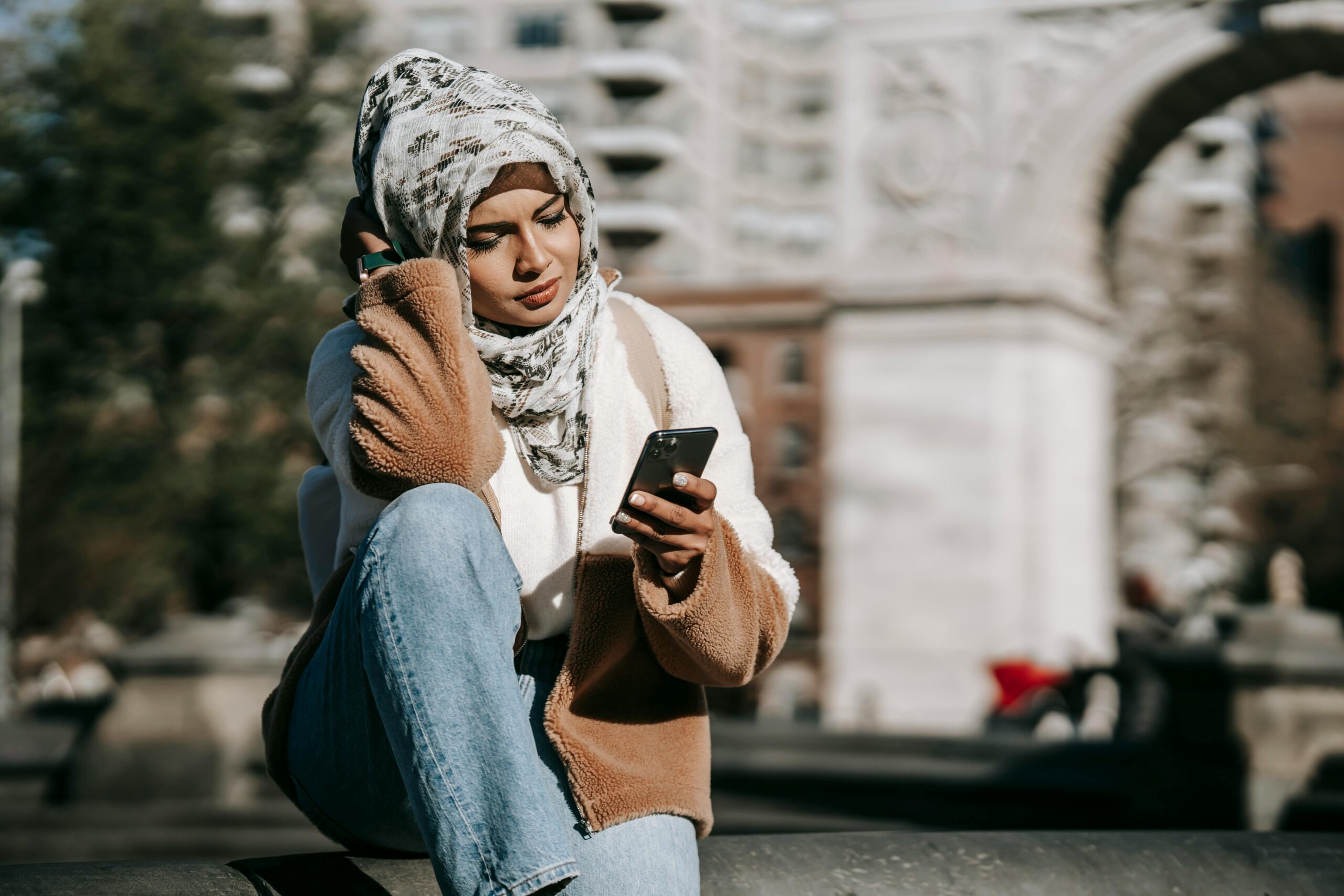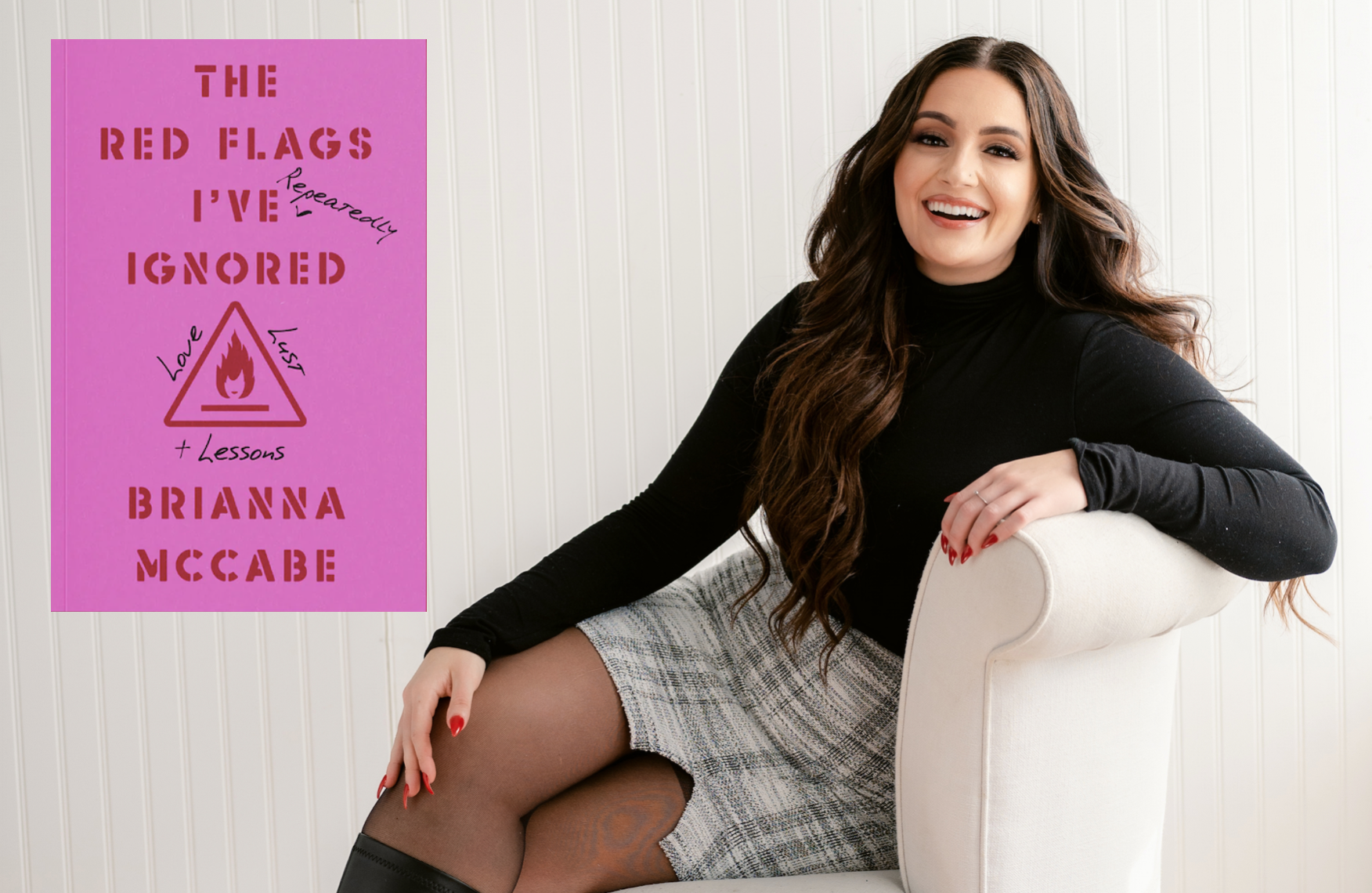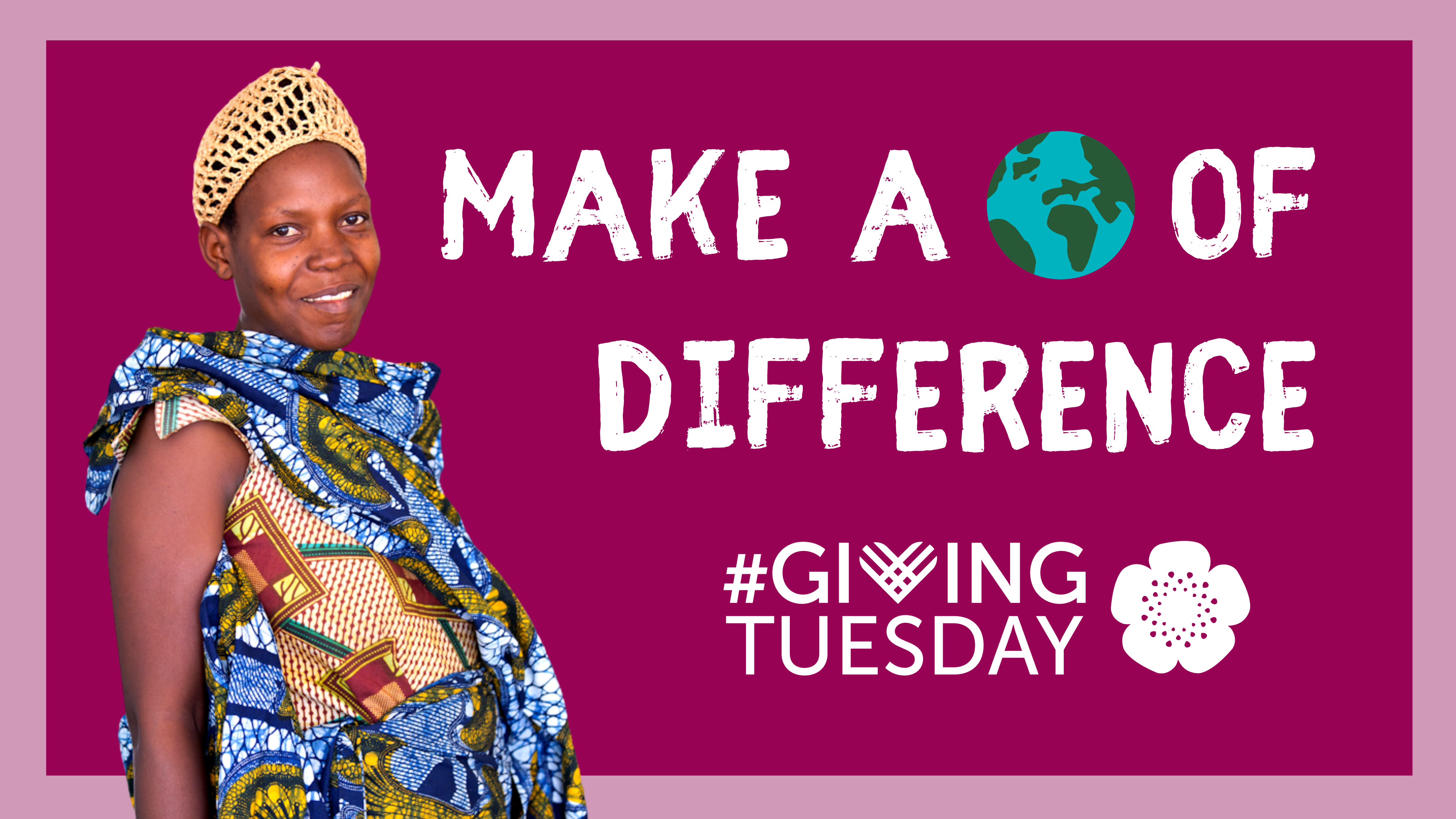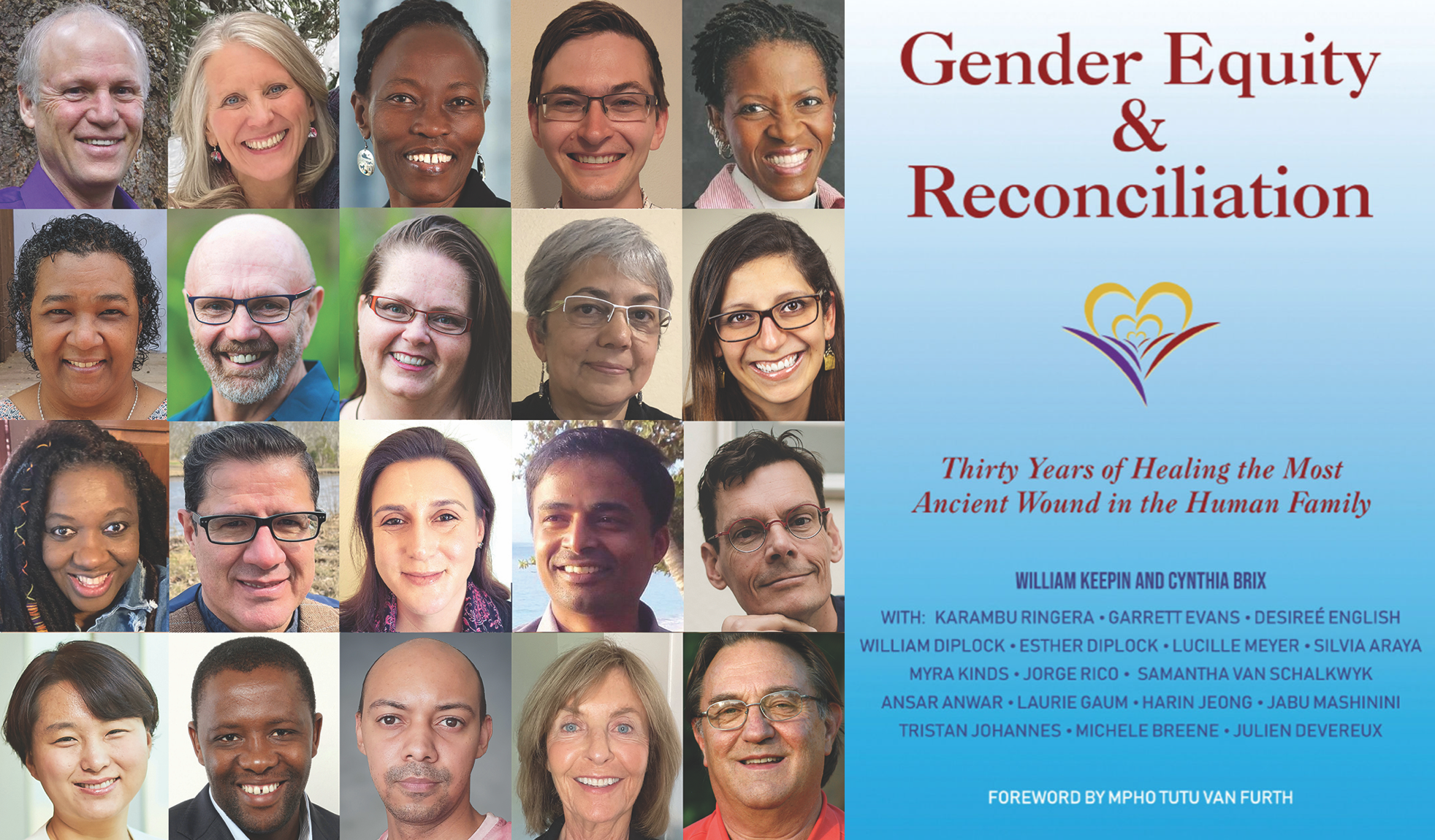
Many of us have heard these three words: Black Panther Party. Some know the Party’s history as a movement for the social, political, economic, and spiritual upliftment of Black and indigenous people of color – but to this day, few know the story of the backbone of the Party: the women.
It’s estimated that six out of ten Panther Party members were women. While these remarkable women of all ages and diverse backgrounds were regularly making headlines agitating, protesting, and organizing, these same women were building communities and enacting social justice, providing food, housing, education, healthcare, and more to the people. ‘Comrade Sisters’ is their story.
A long time coming, ‘Comrade Sisters’ (Out October 9, 2022) is the first book to tell the story of the women of the Black Panther Party. In the age of George Floyd and Black Lives Matter, the issues and solutions raised in this unique and powerful book are as relevant today as when the Black Panther Party was founded in Oakland, California on October 15, 1966.
Interwoven throughout the book are 110 photographs by celebrated photojournalist Stephen Shames who was a 19-year-old college student at Berkeley when he first met the BPP in 1966. With the backing of the co-founders of the Black Panther Party, Bobby Seale and Huey Newton, Stephen was given unprecedented access to take photographs not only of the protests and rallies, but also behind-the-scenes moments that provide a more nuanced portrait of the women Party members with their families and serving their communities.
Ericka Huggins, an early Party member and leader along with Bobby Seale and Huey Newton, has written a moving introductory text (which you can read below), sharing what drew so many women to the Party and focusing on their monumental work on behalf of the most vulnerable citizens in their communities. Ericka has devoted her life to the equitable treatment of all human beings, beyond the boundaries of race, age, culture, class, gender, sexual orientation, ability and status associated with citizenship. She spent 14 years in the Black Panther Party, and eight years as Director of the renowned Oakland Community School (1973-1981).

‘Comrade Sisters’ includes contributions from over fifty former women members and their families – some well-known, others not – who vividly recall their personal experiences from that time:
Gloria Abernathy-Berkeley, Richmond, Oakland Chapter
“At the West Oakland Community Center, we were a hub of neighborhood activity with lots of daily visitors—local, national, international—and lots of children. People in the community, neighbors, comrades, and our children: we were all a big family. Despite all we were going through, I felt loved and safe. Walking through the Projects on my way to the laundromat (we had a free clothing program), I could hear people yell out from their windows and doors, “Hey, panther girl, hey, panther girl!” I couldn’t see them, but they were watching out for us.”
Claudia Chesson Williams, Corona, Queens Chapter, NY / Harlem Branch, NY
“My most memorable work was the Political Education classes. We taught those classes outside of the Harlem office, on the street. These were the most rewarding moments for me. I was about 5’1’’, 93 pounds. I was little, but I became big when I stepped out of that office onto that sidewalk. I was also scared to death, because people of all walks of life showed up. Jamal Joseph, my good brother, showed me how to find my voice, my strength. Once I did find my voice, well—it was on and poppin’”.
Rosita Holland Thomas—Seattle Chapter, WA
“My most memorable work was waking up early and going to serve at one of our five breakfast locations, selling party newspapers on a regular basis, working in the medical clinic, and helping with the Free Bussing to Prisons Program for families of incarcerated women and men. I absolutely loved working with the community members who would come and volunteer to feed the children hot breakfast every day. Seeing those beautiful faces come and eat and then go to school… I knew that was going to make for a better day for them…”
Ericka notes, “One book is not large enough to tell all of their stories—their tales of compassion and solidarity in the face of oppression could fill volumes. Yet, represented here is the organized, coordinated and sustained effort made by those who managed the multi-layered community services of the BPP, including grassroots campaigns to seat mayors, assemblypersons, judges, and neighborhood councils. I am honored to be the weaver who brings this tapestry of stories to the printed page.”
Below is the Preface written by Ericka Huggins which you can find in the book ‘Comrade Sisters’.

Comrade: com.rade/pr. ‘käm’rad,
a familiar spirit, a team mate, a friend in struggle,
an intimate, fellow traveler
Sister: sis.ter / pr. ‘sist’r
family, sibling, friend, partner, member Comrade Sisters: the family we choose,
a bond that defies location, time and biology,
a life well-lived
What is the Black Panther Party and how was it conceived? In late 1966, two young men, Bobby Seale and Huey P. Newton, then students at Merritt College in Oakland, California, discussed their concerns about the historic dismissal of the human rights of Black and oppressed people in the United States. Torn by their vision of freedom and the reality of the routine deaths of men and women due to systems that furthered conditions of poverty for millions—limited healthcare, inadequate housing, food insecurity, police abuse and over-incarceration—they agreed to form an organization to defend and redefine their communities. In October 1966, Bobby and Huey conceived the Black Panther Party for Self Defense. Its brave ten-point program, written in 1966 and revised in 1972, remains relevant to this day.
Beginning with community police patrols and Breakfast for Children Programs, the BPP expanded out of Oakland to open offices in over 40 states in the US. Sixty Community Survival Programs sprung up in big cities and rural towns across the country, north, south, east and west. Their goal was to meet basic human needs—to provide land, bread, housing, education, clothing, justice and peace. In addition, the party continued the Lowndes County Freedom Organization’s tradition of ensuring that thousands of people in Lowndes County, Alabama were free to register to vote. We were also one of the first young Black movements to speak out against the Vietnam War. The party became well-known and loved for its recipe for change: All Power to the People.


This book, through its photographs, words and art, focuses on the vast contribution of women members of the Black Panther Party (BPP). By 1969, women accounted for more than half of the party membership. Women from every state in the US—and internationally, across the world—were drawn to the possibility of a transformative movement for freedom. These women, Comrade Sisters, were mothers, sisters, aunties, cooks, housecleaners, churchgoers, middle and high school students, students at Historical Black Colleges and Universities (HBCU), teachers, artists, factory and retail workers, poets, dancers, writers and musicians, all called by the model of the BPP. We were young and full of love for all people.
If the government won’t take care of its people, we will do it ourselves. We will serve the people, body and soul.
The Women of the Black Panther Party are not special in some way that separates them from others. They are simply women who, whether at age 12, 14, 16, 18 or 21, decided that there had to be a way out of no way for Black and poor people. Given the opportunity to step forward and give, they spoke up and grew their innate skills to create brilliant models for community leadership.
What motivated them? Love.
This love was demonstrated through their work in the BPP, especially the Community Survival Programs. The Free Breakfast for Children Programs spread across the country, feeding children in recreation centers and church basements every morning before school for many years. Recognizing the needs of their community, women led the BPP to create the People’s Free Medical Clinics, which offered family healthcare and sickle cell anemia testing. This led to the idea for the Free Ambulance Program. This program was created to make sure that people without money or proof of insurance received needed emergency transportation to the nearest hospital. In some cities, people were left to die, having been refused ambulance service. In the BPP Chapter in Winston-Salem, NC, women and men of the BPP were trained and licensed as Emergency Medical Technicians to staff the van of the Free Ambulance Program and provide this lifesaving service.


How did the women and men of the party know what to offer? People spoke and we listened. We cre-ated free clinics, community food programs, programs for seniors and teens, the Bussing to Prison program, liberation schools, after-school programs and childcare centers. Every Community Survival Program was fully replicable in locations and cultures around the world.
In Auckland, New Zealand, in 1979, a group of young Fijian, Samoan, Tongan, and Mixed Roots women and men read Bobby Seale’s book, Seize The Time. They formed the Polynesian Panthers, based on the community service model of the BPP. Why? They recognized the similarities between the conditions in which Afri-can-Americans, Latine and Indigenous people of the USA lived, and the inequities in the basic human rights of Pacific Island people. Programs for housing and the provision of food and services for incarcerated women and men were just the beginning.
Similarly, in South India in 1975, young men and women formed the Dalit Panthers, taking cues from the Black Panther Party. They organized themselves to fight against caste oppression and oppressors.
Today in Brazil, in Africa, and in the US, Community Survival Programs have re-appeared in housing projects, favelas, community centers, and churches to support the lives of generations now and to come. The simple statement at the end of the Black Panther’s Ten Point Program has inspired millions to serve their communities:
We want land, bread, housing, clothing, justice, and peace.
How did we sustain these programs then, and how can they be sustained now? Love.

The Intercommunal Youth Institute, 1969-1973, was open to sons and daughters of members of the BPP and a few families from the local neighborhood. When one of the grandmothers spoke to us about the need for a larger and dedicated site for the children, we listened. When the community pleaded with us to open the school to all families with children in the community, we listened. Then we created a model elementary school, The Oakland Community School (OCS). It opened its doors in the 1973-74 school year and remained open until 1982. It was community based, tuition free, child centered, and parent friendly. We served three meals a day and took care of every child’s health needs through an arrangement with the Oakland Children’s Hospital. The OCS motto was ‘the world is a child’s classroom,’ and we were dedicated to helping children learn how, not what, to think.
This book features Stephen Shames’ poignant photographs of women at work in many locations throughout the US. The book will also lift up the names, the words, the art, and the lives of women of the Black Panther Party. Many of the women mentioned in these pages are being seen and heard for the very first time.
One book is not large enough to tell all of their stories—their tales of compassion and solidarity in the face of oppression could fill volumes. Yet, represented here is the organized, coordinated and sustained effort made by those who managed the multi-layered community services of the BPP, including grassroots campaigns to seat mayors, assembly persons, judges, and neighborhood councils. I am honored to be the weaver who brings this tapestry of stories to the printed page.

This book is a very late, very humble shout of gratitude to those who have been unknown and unsung for so many years. You have acted with courage, and have carried so many important memories with you, through-out your lives and careers. Comrade Sisters: we thank you for coordinating the rides and assisting those served by the Seniors Against A Fearful Environment Program (S.A.F.E), which ensured the elders of our community always arrived home safely. Thank you for testing hundreds of women, men and children for sickle cell anemia.
You registered hundreds of people in the south, north, east and west to vote; you organized and delivered thousands of bags of groceries, and you sold thou-sands of Black Panther Party newspapers. Thank you to the women of the Polynesian Panthers for contributing your voices to this book, and for speaking up on behalf of men, women and children of Pacific Island communities in New Zealand, Samoa, Fiji and Tonga. Thank you to the sons and daughters of Comrade Sisters who have passed, for contributing the stories of love, discipline and courage that your mothers left with you. You came to represent!
Though the BPP ended in 1982, its legacy continues.
Though not every voice of every woman of the Black Panther Party is included in this book, you will find between the front and back cover as many names as we could collect. So many women who joined the party 40 to 55 years ago have since transitioned from this life. Many remembrances, written by their children or by their comrade sisters, are gathered here to celebrate their commitment to their party and their people.
As you reflect on the beauty and the messages in each of these photographs, we encourage you to hold in your hearts the experiences of each of these women, memorialized here in their own words and the words of their loved ones.

‘Comrade Sisters: Women of the Black Panther Party’ by Stephen Shames and Ericka Huggins is published by ACC Art Books.











